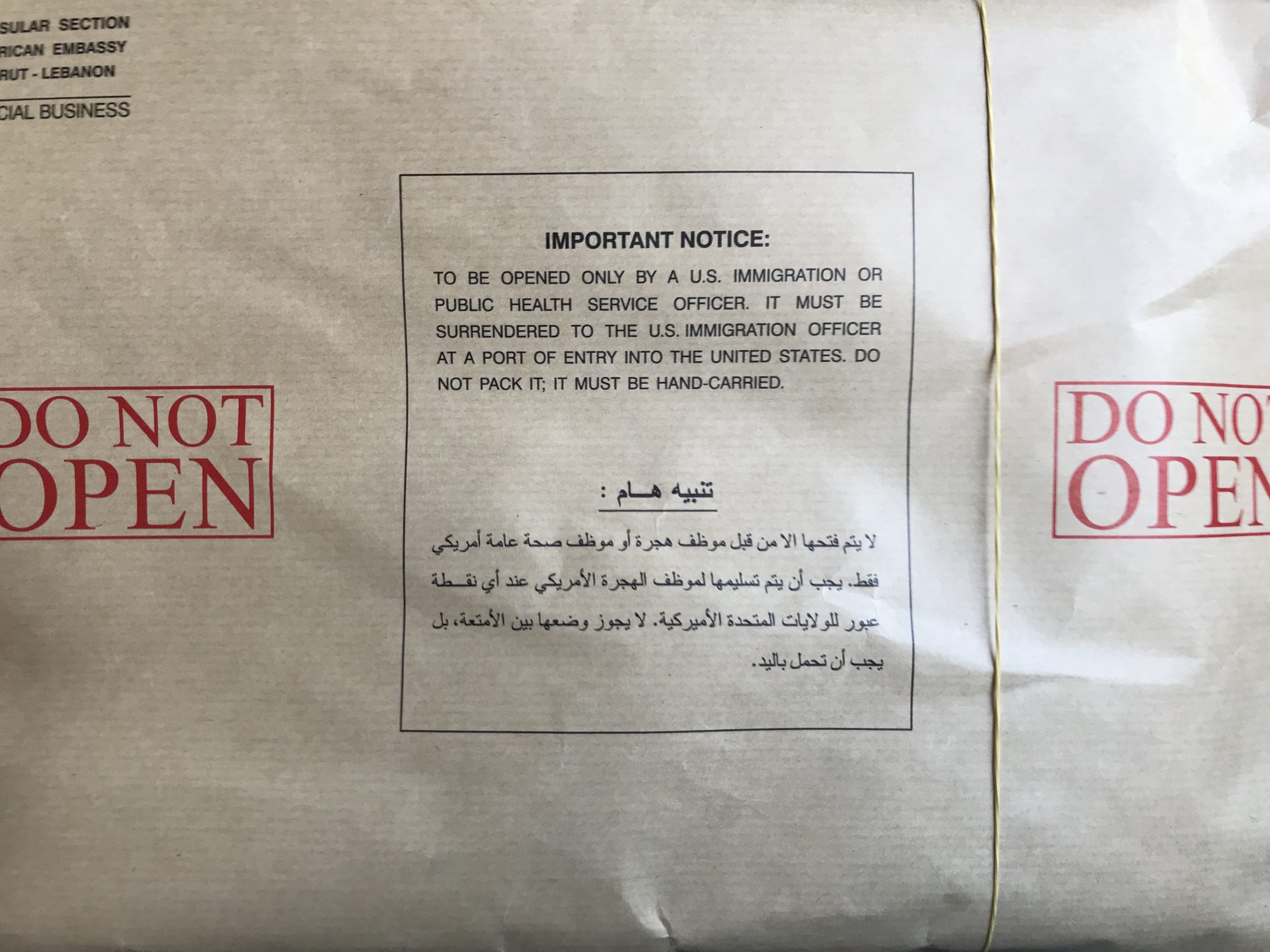Christine and I are going to Montréal in a couple of weeks. It’s going to be my first international trip since becoming a U.S. citizen and the first time back on an airplane since getting my green card and landing here. There are a half dozen reasons to be excited about visiting this oddball part of North America, but our primary impetus for wanting to go in the first place was to visit a Mohawk Catholic shrine as part of @christine.bingham.art‘s ongoing book project based on her series of mirror saint paintings.
I’ve been reading a lot about the history of the area and thinking about the many tangled connections to the city I live in and the places I’m from, both geopolitically and on a deeper “soul” level, too. It’s awkward to think that I’m going across the continent to learn about topics with resonances right here, in my own backyard. But, of course, that’s not entirely what we’re doing, and, of course, that’s not entirely different from anything I’ve experienced before.
I care about native rights because I’ve seen the unspeakable pain caused by people who take houses filled with good things they did not provide, and wells they did not dig, and vineyards and olive groves they did not plant. And yet, I have never stepped foot inside a Palestinian refugee camp in my own backyard. Christine has.
There’s a lot of shame and guilt that comes with disentangling ourselves from colonialism, but there’s also much too much privilege in folding inwards and turning shame and guilt into the only politics we engage in.
Going to Kahnawake will be uncomfortable, but my hope is that our discomfort will be something like a pilgrim’s progress: a chance to set out in order to repent (metanoeó) and return.
The most obvious connection between Seattle and Montréal is in the way they bookended the swingin’ 60s with back-to-back World Fairs exuding space age optimism and a modernist faith in man [sic]. That’s what the Space Needle is all about.
From what I’ve gathered, Montréal was less successful in integrating the former site of its Expo 67 with the rest of the urban fabric in quite the same way as Seattle, but much of its self-understanding still revolves around that megaevent. I read that one writer has even gone as far as calling 1967 the “last good year.”
I’m fascinated by that kind of boomer nostalgia; there are echoes of it in Lebanon too, where both right and left converge on misty-eyed paeans to those promises of jet packs. And just like Beirut, the shadow side of that faith in progress would violently rock Montréal a few short years after the last good one.
It’s that gap between the promise of progress and the reality of unspeakable dispossession and pain that I find so compelling and universal about the stories of places like Montréal and Seattle and Jerusalem and Beirut, among so many other broken cities on God’s green earth. How do we speak into that gap? How do we articulate the interruptions of dreams by the harsh light of day?
We are all post-everything: post-colonial, post-modern, post-Christian, post-industrial; any story we tell today is a postscript to all the stories we’ve told before. We can choose to be forgettable, like some endnotes to history without consequence, or we can choose to write something that casts the whole in a very different light: a new gospel with the key to decipher the whole thing.
This might sound like new dreaming about to crash on new rocks of sober reality, and it is—but new dreaming is necessary in and of itself and to catch the daybreak anew.
